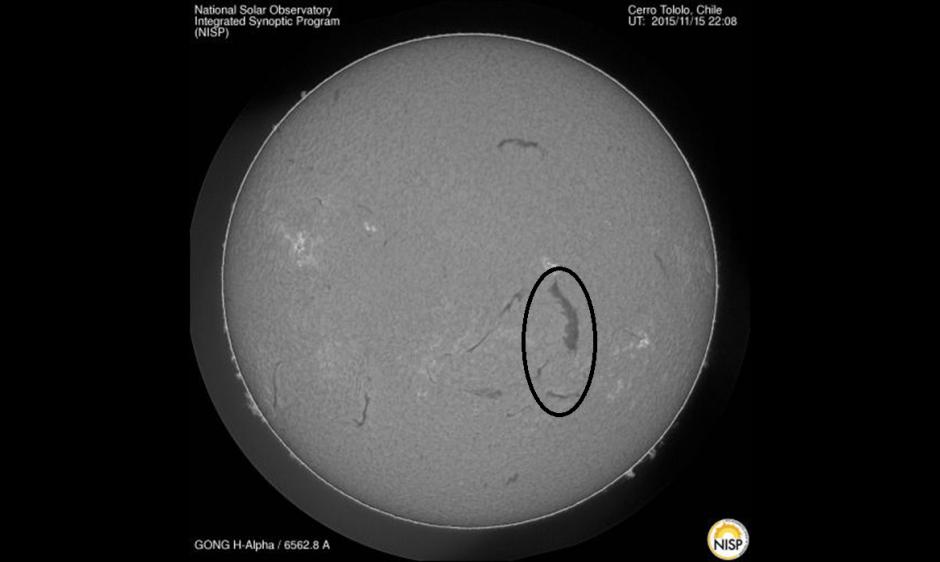
G1(Minor) storm likely/chance for G2(Moderate)
Late on 15 November and early on 16 November, two filament eruptions occurred in the SW quadrant of the solar disk. Preliminary analysis of the filament eruptions suggest possible influence of a coronal mass ejection (CME) accompanying the onset of a coronal hole high speed stream, making (G1-Minor) storming likely the latter half of 18 Nov and early on 19 Nov. Depending on the magnetic complexity of the CME, there is a chance conditions could reach G2-Moderate storm levels. As of now, G1-Minor storm Watches have been issued for 18 and 19 Nov.
Stay tuned here for updates.